Happy Valentine’s Day!
When I was in elementary school, every February my classmates and I would bring a shoebox to school for an annual art project.
Armed with glue sticks and scissors, we’d cut out tiny hearts and cover our shoe box with pink and red construction paper, creating the perfect mailbox for Valentine’s Day.
Then on February 14th, we would each come to school with individual Valentine cards to give to all of our classmates.
Yes, all of them – even the kids you didn’t like.
The Valentine cards we swapped were cheap, and usually purchased in a box of 20 or 30.
They featured cartoons, movie characters or celebrities that were popular with kids at the time.
Star Wars. Barbie. Harry Potter.
The cards weren’t romantic – but they were always nice (or ay least neutral).
They contained a variety of messages – and I remember sorting them into piles based on the messages.
My friends would get the peppy “You’re a great friend” cards, while the the more neutral “Have a sweet day”1 were reserved for the kids I didn’t like as much.
So I thought this week I’d research the history of Valentine cards.
And in my research, I stumbled upon a mention of something I had never heard of before – Vinegar Valentines.
Vinegar Valentines?
What are Vinegar Valentines?
I was curious…
Though Valentine’s Day can trace its origins to ancient Rome, it is the Victorians who brought in the romance and many of the traditions we associate with the holiday today.
The first commercial valentines hit the market in England at the end of the 18th century.
They included traditional symbols of love — like flowers, birds, and hearts.
Some were printed, while others were colored by hand.
Initially valentines were ornate and expensive, but as less expensive options hit the market, their popularity grew.
In 1835, approximately 60,000 Valentine cards were sent in Britain.
But when the Penny Post was introduced in Great Britain in 1840 – making it inexpensive to send mail – the number of valentines sent in Britain jumped to over 400,000.
And across the pond, Americans were also creating and sending valentines.
The US also benefitted from inexpensive postal systems from the 1850s – making valentines even more popular.
Though people initially sent valentines to their love interests, another variety took off from the 1850s – in both Britain and the United States.
They were called “comic valentines” or “mocking valentines” – or “vinegar valentines.”
Instead of traditional messages of love or romance, these “comic” valentines sent a different kind of message.
Some were used to fend off unwanted suitors – like this one:
“Here’s a pretty cool reception,
“At least you’ll say there’s no deception,
“It says as plain as it can say,
“Old fellow you’d best stop away.”
Others mocked people for smoking or drinking too much, or engaging in public displays of affection.
“The kiss of the bottle is your heart’s delight,
“And fuddled you reel home to bed every night,
“What care you for damsels, no matter how fair?
“Apart from your liquor, you’ve no love to spare.”
Some made fun of suffragists – mocking their views, their appearance, or their romantic prospects.
And others were the epitome of cruelty.
One vinegar valentine featured an image of approaching train with the message:
“Oh miserable lonely wretch!
Despised by all who know you.
Haste, haste, your days to end -
This sketch, the quickest way will show you!”
People used vinegar valentines to mock liars, cheats, and flirts – or their appearance, character traits, or lack of partner.
There were Vinegar Valentines featuring various professions, so if you didn’t like a saleslady, your landlord, or your boss, you could send them a tailored valentine letting them know how you felt.
Anonymously, of course.
And they were popular.
It wasn’t just advancements in the postal system that helped valentine sales grow.
Printing also became cheaper for all types of valentines — and vinegar valentines could be made on a single piece of paper, folded and sealed with a bit of wax.
Writer Ruth Webb Lee said that by the mid-19th century, Vinegar Valentines represented “about half of all valentine sales in the US.”
And they led to trouble.
Vinegar valentines led to more than tears and hurt feelings.
“There are contemporary accounts from memoirs and newspapers that show that fist fights and court cases, suicide and attempted murder resulted,” says Annebella Pollen, an art and design historian, who wrote a paper about vinegar valentines.
In 1885 the Pall Mall Gazette reported that a man in London shot his estranged wife after receiving a vinegar valentine he was convinced came from her.
And decades earlier — in 1847 — New Yorker Margaret Craig was suspected to have overdosed on laudanum after receiving a mean valentine from a supposed admirer.
Perhaps it’s not surprising considering messages like this:
“You claim you’re good at anything.
“So come on, show some proof.
“And let me see how good you are
“At jumping off the roof.”
But who was writing such horrible messages?
According to the Boston Globe, “long haired poets” who needed to make money.
One of these was a man named Charles Howard.
Howard, based in New York, created caricatures for a variety of occupations, sports and types.
If you had a score to settle with someone — like your doctor — people like Howard could provide a valentine to send a message:
“Your pads and pills may cure our ills, but your homely face gives us the chills.”
While more romantic valentines found their way to scrapbooks, the vinegar valentines were more likely to be destroyed.
“There are autobiographical accounts that show recipients tore them up and burned them from shame,” Pollen explained.
“Most surviving examples are unsent cards found in the collections of printers and stationers.”
And though vinegar valentines may have been popular, they weren’t without their critics – on both sides of the pond.
The press labeled them as “filthy” and “nauseating.”
In 1866, the New York Times even asserted that they encouraged “a fearful tendency to the development of swearing in males of all ages.”
Some postmasters even refused to deliver them.
The decline of vinegar valentines in the US was helped when card-maker George Whitney bought several card-making companies in New England in the 1880s.
Whitney dominated the valentine business in the US, and making vinegar valentines did not align with his motto of “Industry, Punctuality and Christianity.”
And by the late 19th century, sending valentines (of any type) was on the decline.
But vinegar valentines were still around – even in the 1950s.
Pollen’s research noted a collection from the mid-20th century at Brighton and Hove’s Museum showed the “longevity of the impulse to attack and deflate on Valentine’s Day.”
“Despite the intervening years,” she wrote, “the crimes depicted are the same – showiness, snobbery and unseemly social climbing.”
“Swanking around in your finery
“Strolling out on a Sunday,
“Swank on my lass,
“We know you’ll have the wash to do on Monday!”
This one dates back to the 1940s:
“You’ve got more curves than a roller-coaster
“Your clothes fit like a glove
“There’s one thing wrong — Glamourpuss
“You’ve a face —
“Only a mother could love!”
So while we bemoan the cruelty of social media messages today, perhaps it’s like my dad used to tell me, “There is nothing new under the sun.”
And if you don’t receive a Valentine’s Day card this February, take heart:
It could be worse.
One more thing…
While some suffragists were receiving nasty valentines, they also had a way of communicating their message (in a not-so-nasty way):
How Can I Help?
I’ll keep saying it: Communication matters.
Poor communication costs you — money, relationships and your reputation.
And if you want to improve your communication (and get all the good things that come with that), I’m your gal.
So many companies could reap significant benefits – from performance and culture to retention and engagement – by improving their communication.
So, if you know someone who could benefit from some help (as even the most seasoned leaders do), please get in touch and check out my website for more information.
You can also see my Top 10 list of what I can (and can’t) do for you here.
And if you see any communication examples (the good, the bad, and the ugly) that you think are worth analyzing or sharing, please send them my way!
Until next time, Stay Curious!
-Beth
*This was equivalent of signing a yearbook “Have a neat summer!”





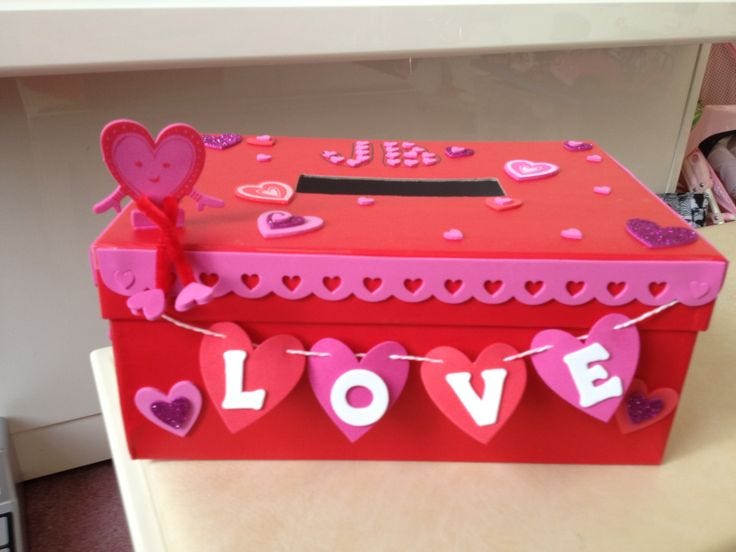





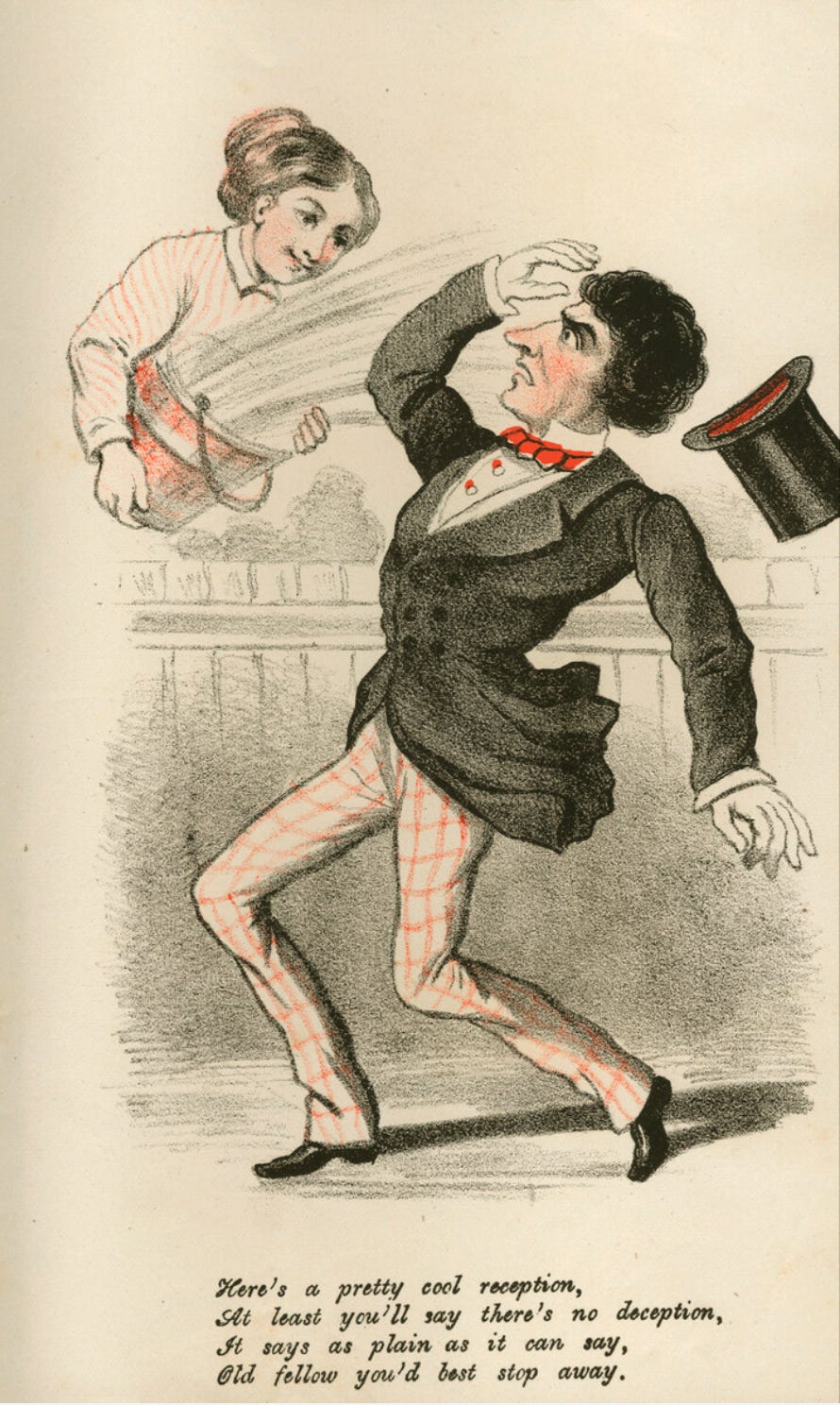
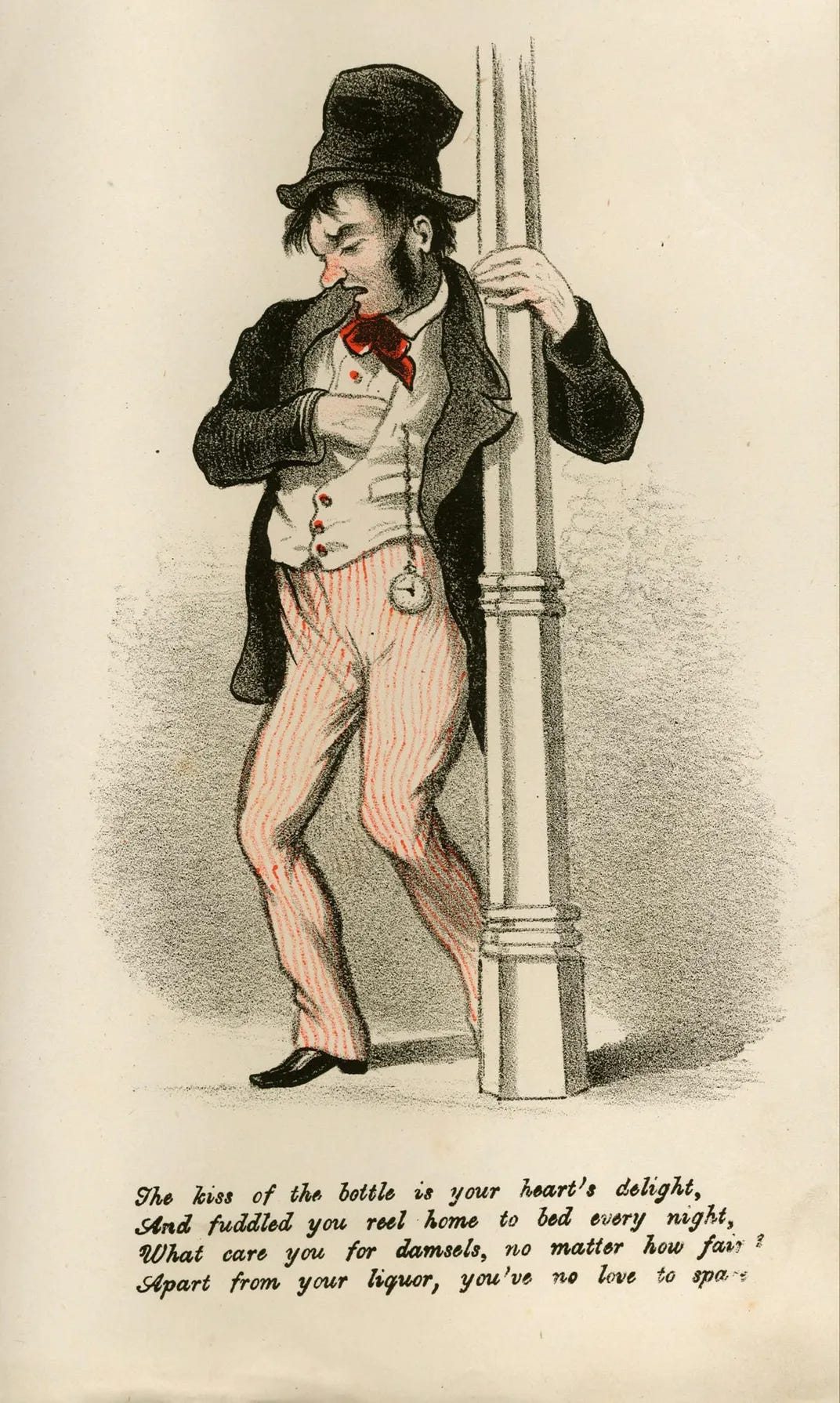


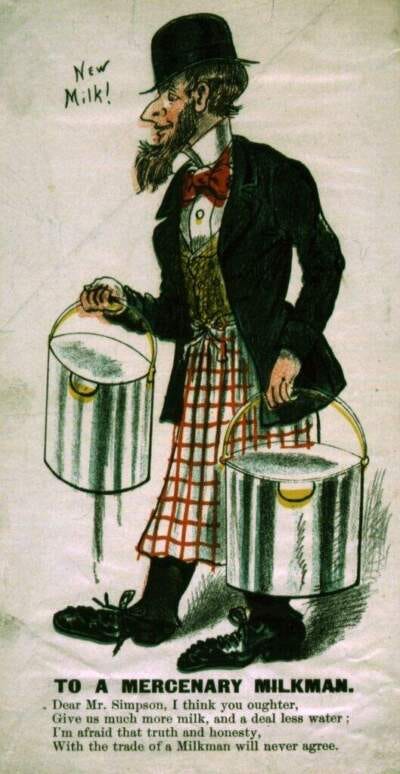
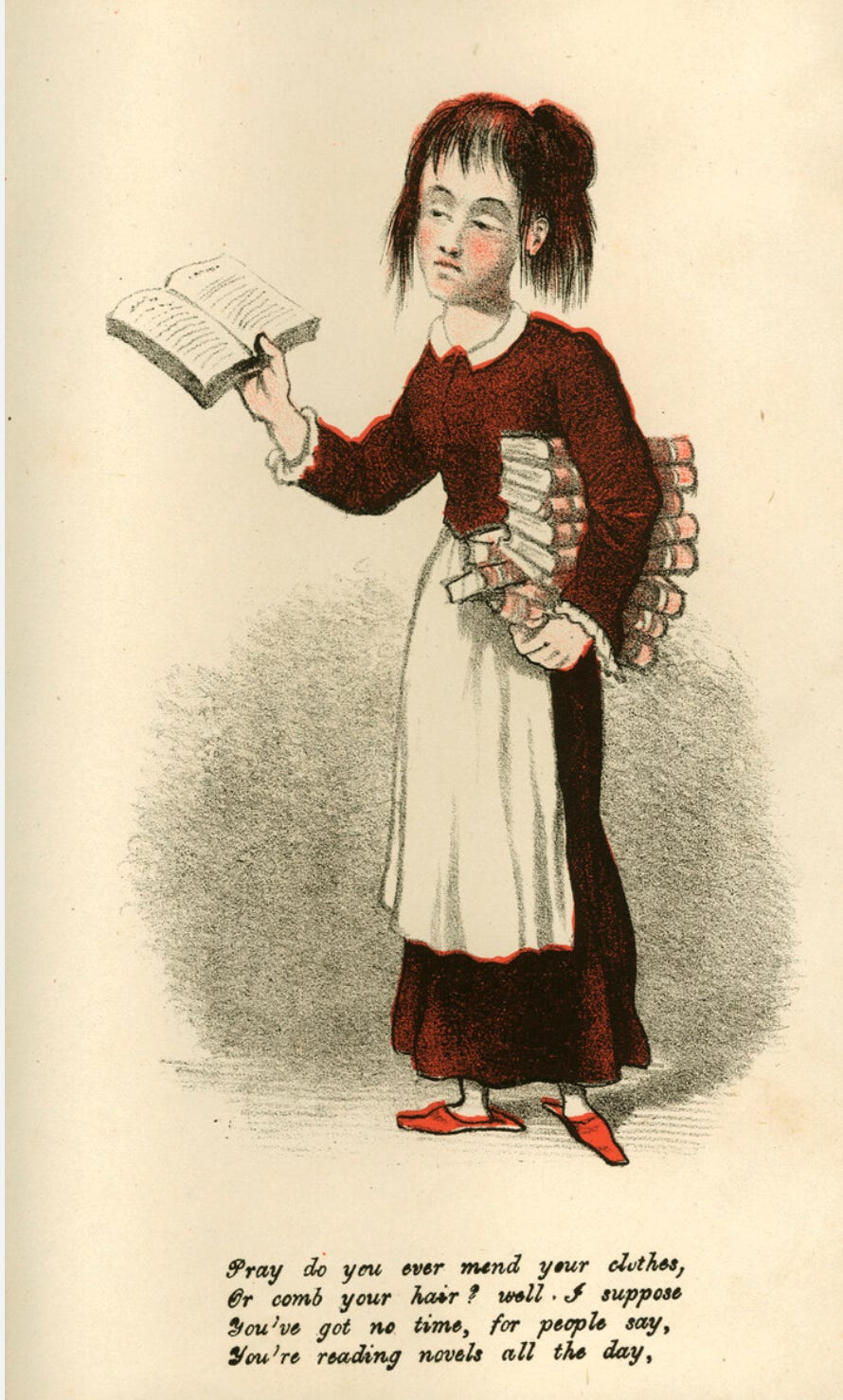

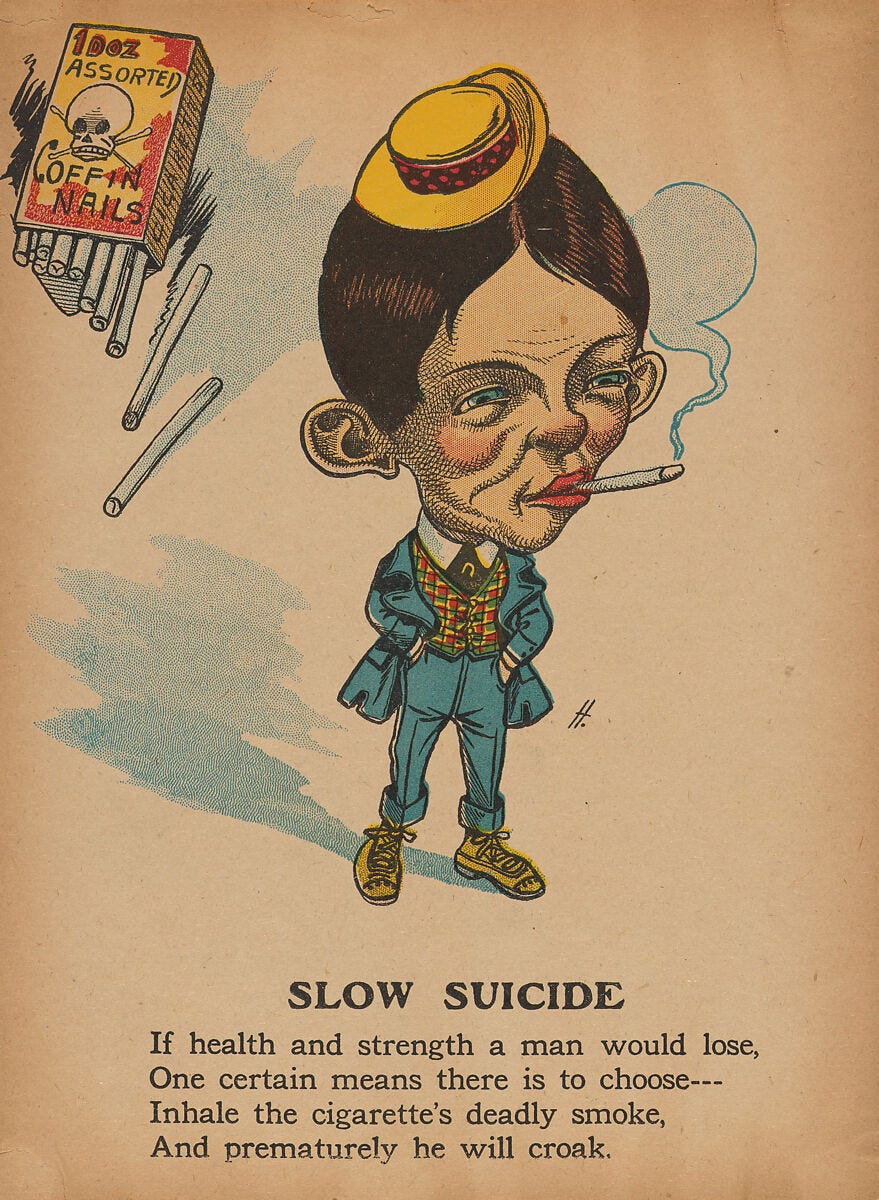


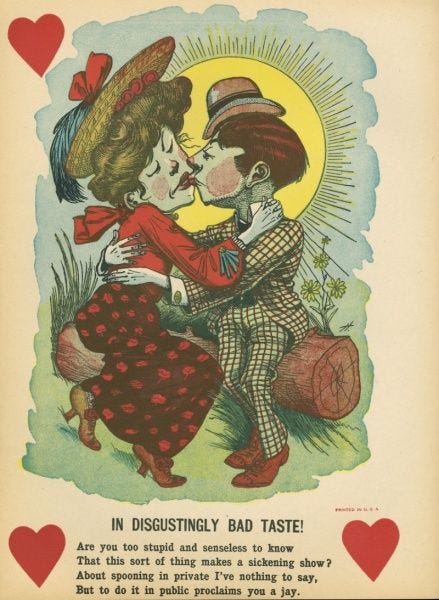


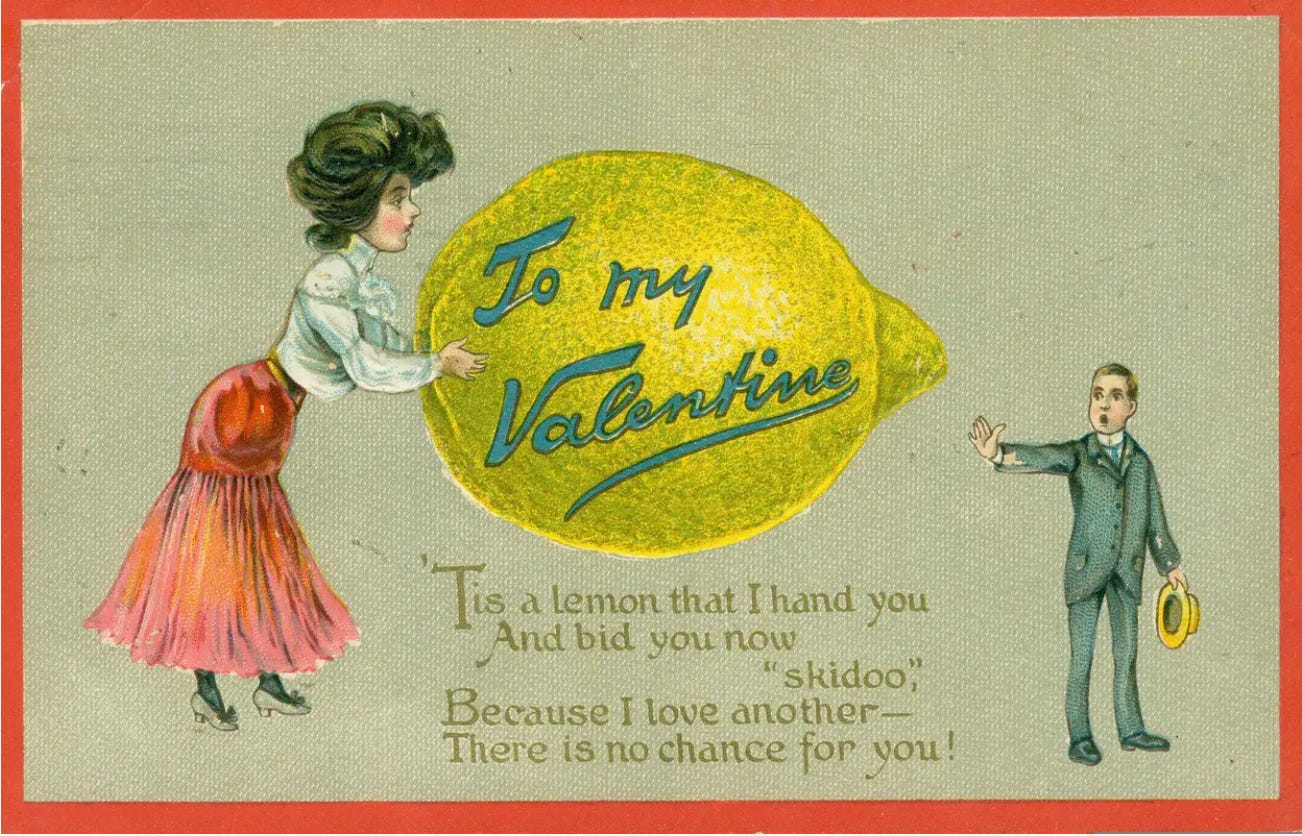

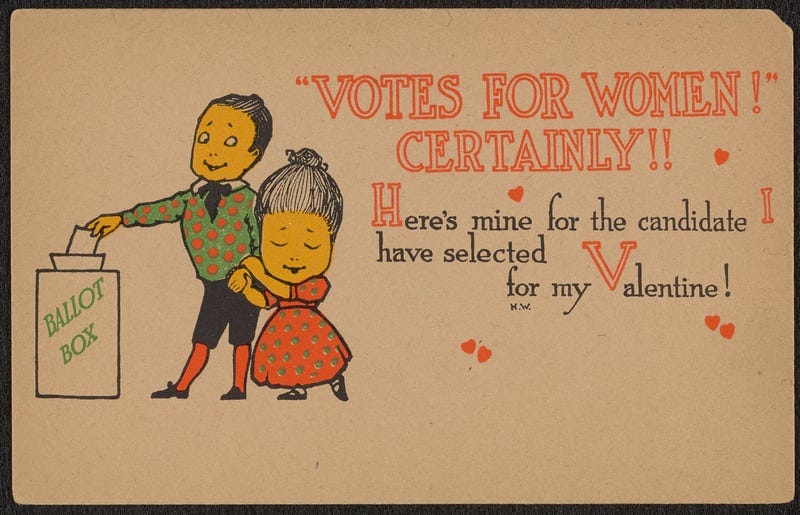


WOW YIKES